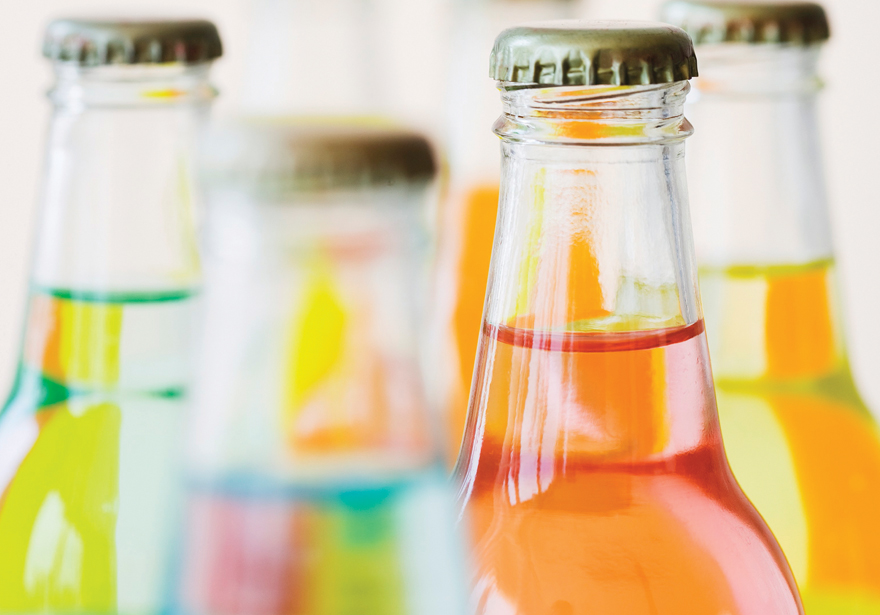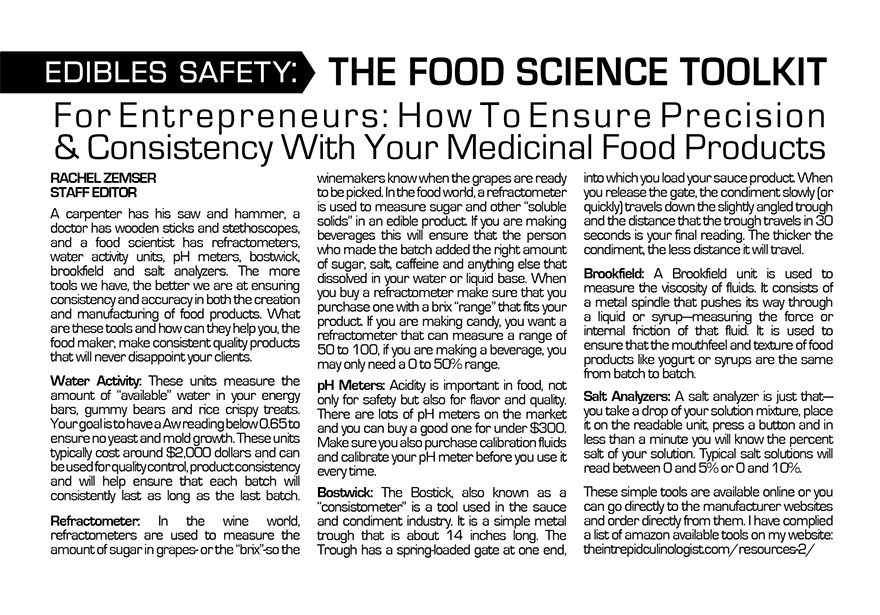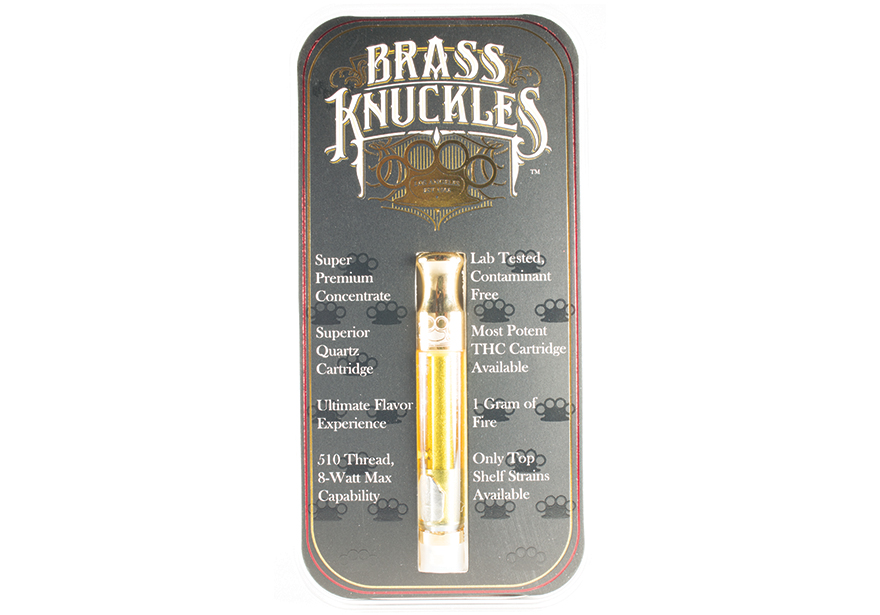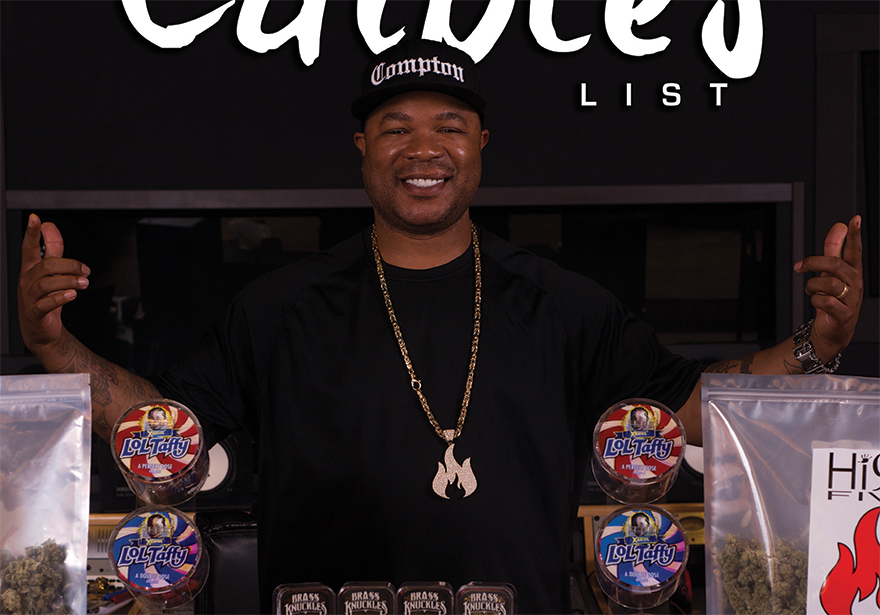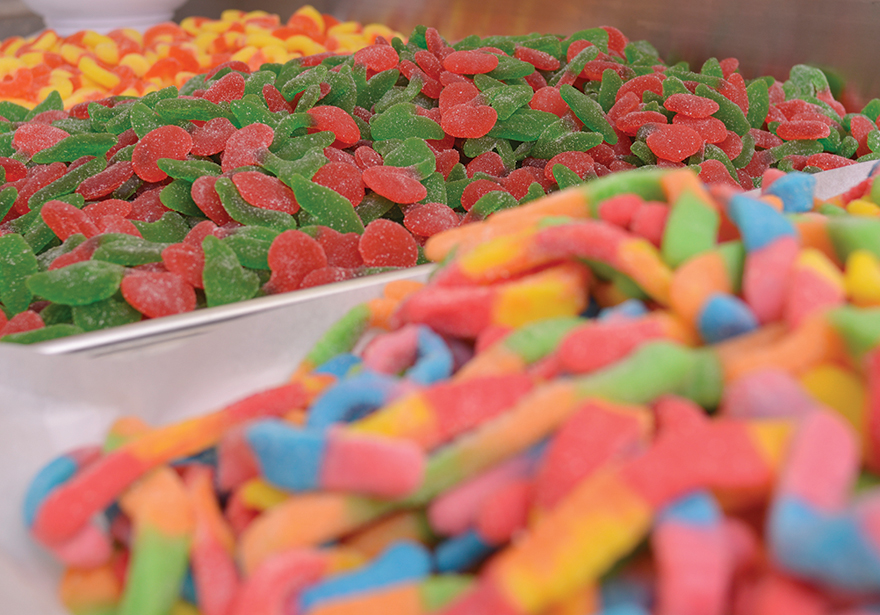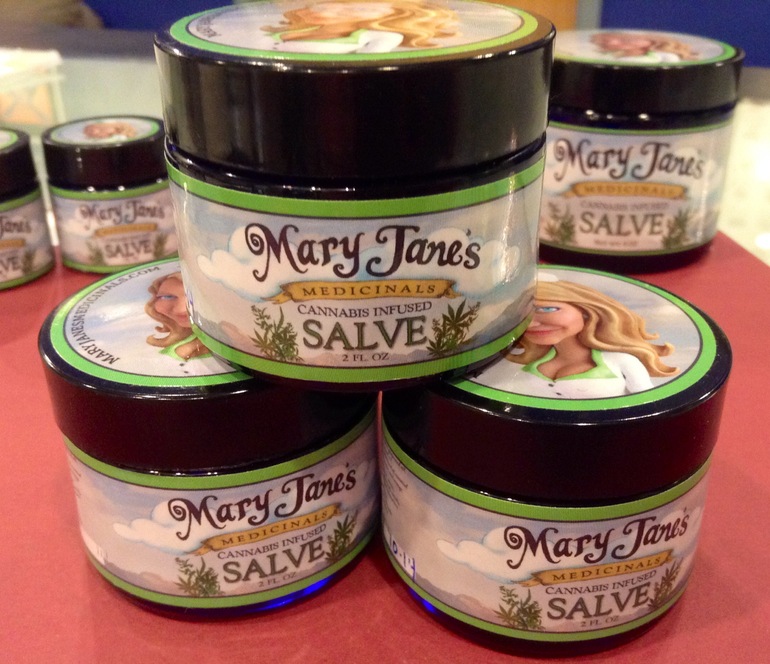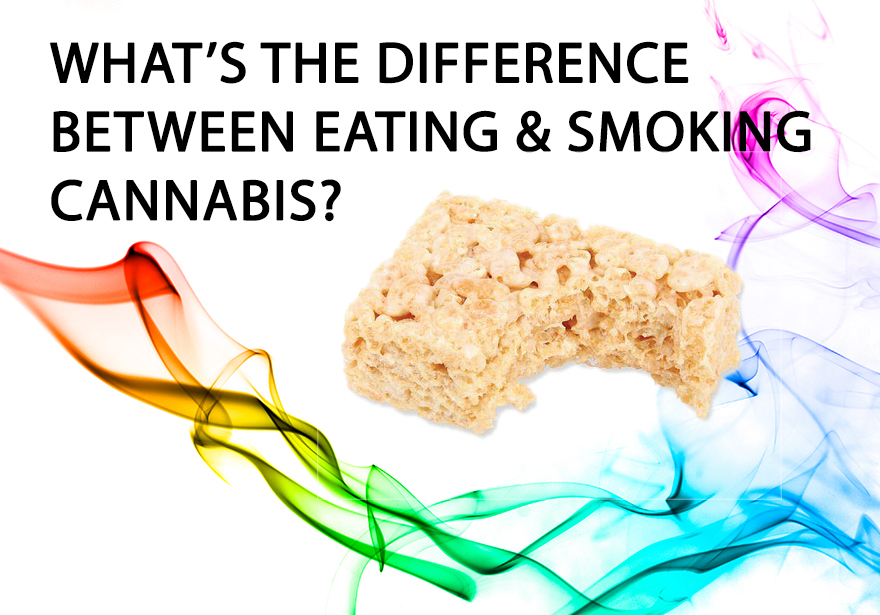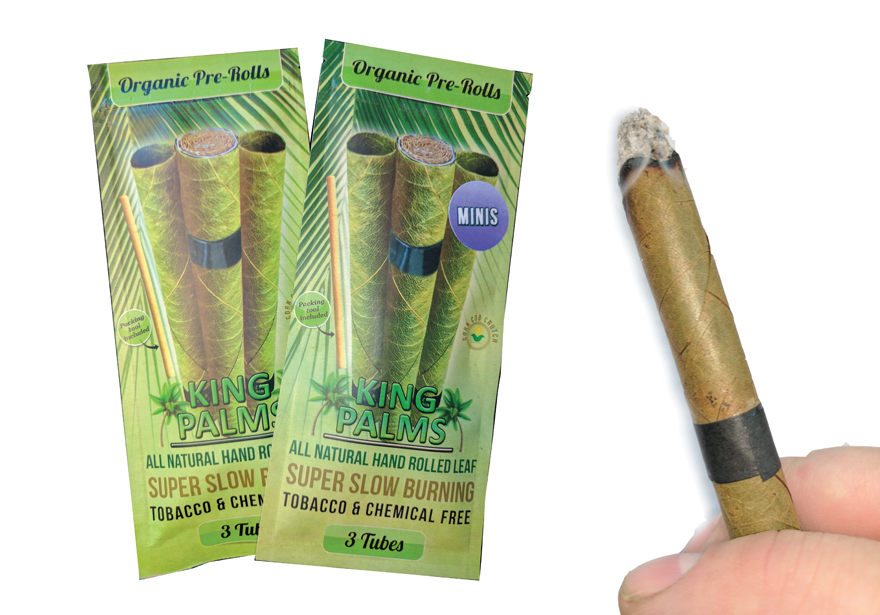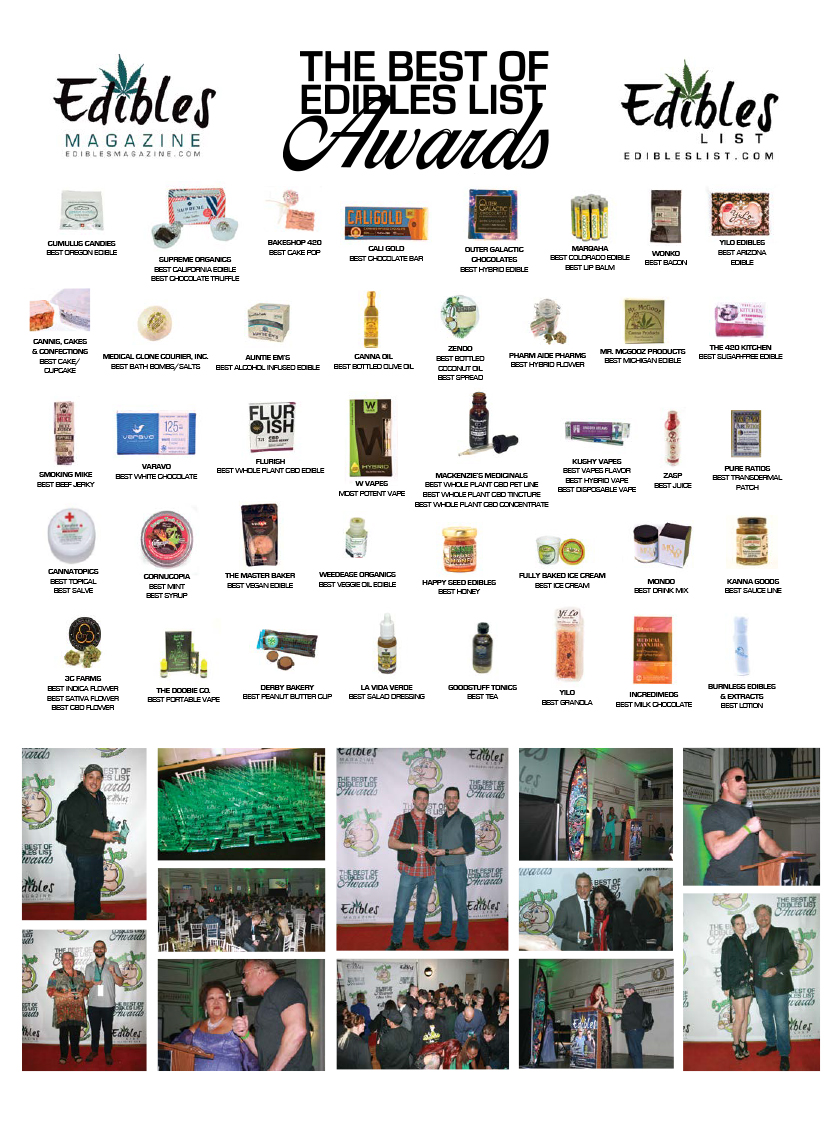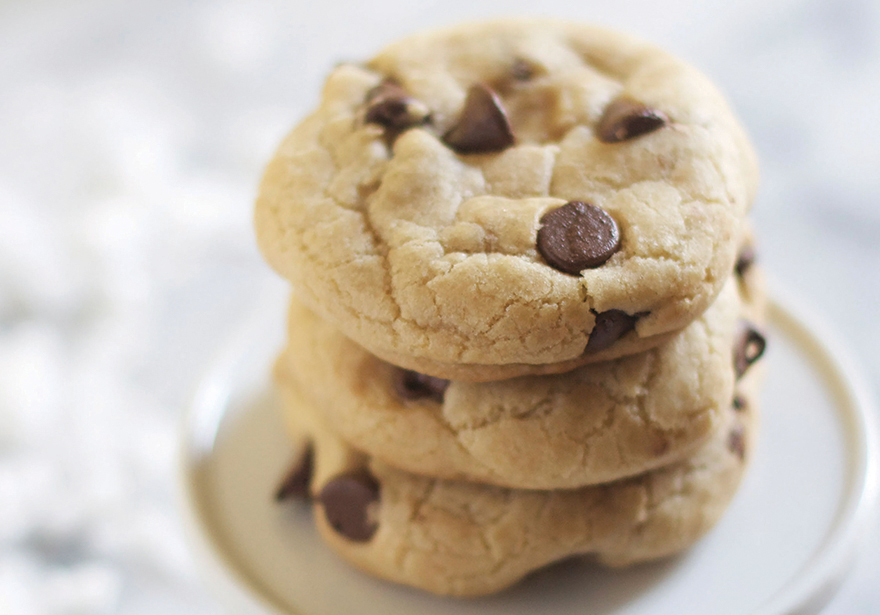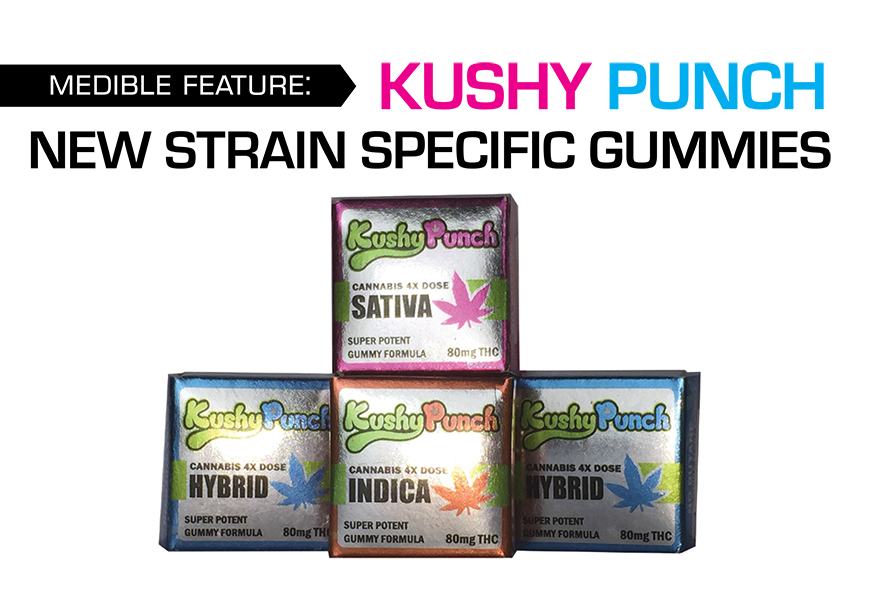There are many new and exciting cannabis infused food products on the market and cannabis companies are getting more competitive with highly processed products like pressed mints, healthy meal replacement bars and probiotic chocolate. One category that has been very slow to emerge is the ready to drink (RTD) beverage category. RTD beverages are not commonly produced by cannabis entrepreneurs because they either require refrigeration (not available in most dispensaries) or an understanding of thermal processing to ensure a room temperature shelf stable finished product that won’t support yeast, mold or the deadly anaerobic spore forming pathogen Clostridium Botulinum.
The methods used to create shelf stable products are not intuitive or simple to execute. They require a deep understanding about bacteria and food safety and it’s crucial that the right process be implemented properly to ensure that no one gets sick from consuming contaminated products. Uninformed entrepreneurs often think that adding citric acid or lowering the pH is enough to ensure product safety but this is not the case. A unique time and temperature “scheduled process” that is product specific must be established by a food safety professional with experience in food and beverage processing.
There are multiple ways in which a beverage can be thermally processed. The methods include pasteurization, HPP (high pressure processing), aseptic packaging, hot fill, and cold fill + preservatives. It’s important for a beverage entrepreneur to be familiar with all the options because the same beverage formulation will come out dramatically different in flavor depending on how it is processed.
Hot Fill/Pasteurized Beverages:
Beverages that are hot filled (195F +) have a long 1-year and longer shelf life, but they are “cooked” so the top notes and flavors are muted and they won’t have a fresh beverage vibe.
High Pressure Processing:
This very expensive method uses pressure (not heat) to kill off the bacteria, The final flavor tastes like a fresh pressed juice and it has a 30 to 60 day shelf life. Products like Evolution (Starbucks) and Harmless Harvest (Whole Foods) are examples of this type of processing. The retail cost is usually more than $8 dollars for a 12-oz serving.
Aseptic Filling:
A very fast heat and fill of product into a sterilized container. The flavor is not damaged as much as Hot fill, but it still is “cooked”. Examples of this are boxed nut milks in the shelf stable section of the supermarket.
Cold Fill With Preservatives:
Beverages that are very low in fruit (less than 10%) can be cold filled into a package and only use preservatives to inhibit bacteria. These products are not expensive because there is no heat to process the product and it has very little fruit juice in there.
Beverages can be dangerous if they are processed incorrectly. Products that are not properly heated, have a high pH (above 4.6), are “sealed up” and contain vegetable purees could support deadly pathogens which can cause serious illness or even death. Do not attempt to figure this process out on your own. Hire a food scientist, microbiologist or “processing authority” to assist.
Rachel Zemser, cannabisculinologist.com

